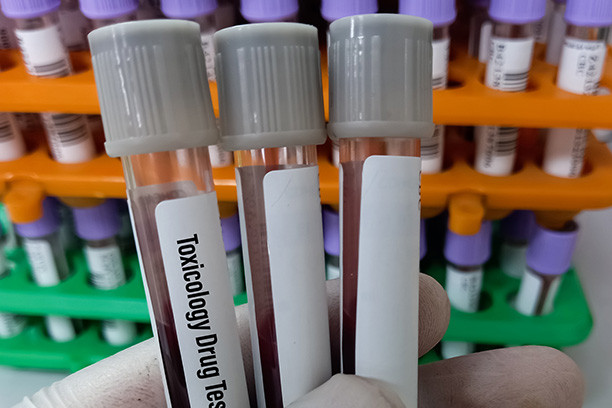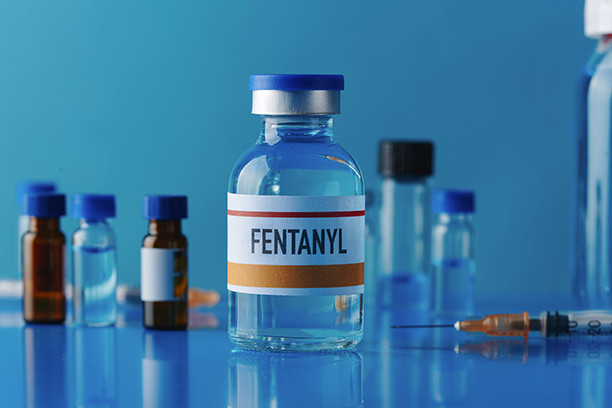Toxicology Resource Center
Overdose Deaths in Pregnant and Postpartum Women Rose Sharply in 2020
Drug overdose deaths in pregnant and postpartum women rose by approximately 81% from 2017 to 2020 in the United States, according to a research letter in the December 6, 2022, JAMA. While pregnancy-related overdose deaths increased from 2007 to 2019, according to the authors, they rose sharply in 2020 and were highest just as the COVID-19 pandemic began to unfold. This may be a result of access to care made more difficult by the pandemic and associated shutdowns.
Read moreImproving Partnerships Between Public Health and Public Safety to Reduce Overdose Deaths: An Inventory From the CDC Overdose Data to Action Funding Initiative
Rates of drug overdose deaths are high and growing. Innovative strategies, such as partnerships between public health and public safety (PH/PS) agencies, are needed to curb these trends. Support for PH/PS partnerships as an overdose prevention strategy is growing; however, little information exists on the makeup of activities within this strategy.
Read moreThe Use of Activated Charcoal in Toxicology and Implications for APRN Practice
This Research to Practice article is designed to help aid advanced practice registered nurses (APRNs) with up-to-date research guidelines in order to establish evidence-based changes in clinical practice within emergency medical care.
Read moreNew Psychoactive Substances: Which Biological Matrix Is the Best for Clinical Toxicology Screening?
Every year, more new psychoactive substances (NPSs) emerge in the market of the drugs of abuse. NPSs belong to various chemical classes, such as synthetic cannabinoids, phenethylamines, opioids, and benzodiazepines.
Read morePolysubstance Overdose Deaths in the Fentanyl Era: A Latent Class Analysis
To elucidate the main latent classes of substances detected among overdose decedents, and latent class associations with age, sex, race, and jurisdiction of death in Maryland.
Read moreProliferation of Novel Synthetic Opioids in Postmortem Investigations After Core-Structure Scheduling for Fentanyl-Related Substances
New generations of novel synthetic opioids (NSOs) have emerged to fill a void in the illicit drug markets left by the decline in popularity of fentanyl analogs subsequent to core-structure scheduling of fentanyl-related substances in the United States and China.
Read moreCommon Opioids Involved in Drug Poisoning Presenting to the Emergency Department
Opioids poisoning is of the most important cause of mortality. The objective of the study was to compare the demographic factors, clinical manifestations, and outcomes of the most common opioids involved in drug overdose presenting to the Emergency Department.
Read moreTramadol poisoning and its management and complications: a scoping review
Tramadol (TR) is an opioid agonist (μ-opioid receptors) that also affects the noradrenergic and serotonergic systems. TR is a synthetic analgesic substance with opioid agonist properties that has been approved for pain management by affecting the central nervous system.
Read moreIllicit Drugs May Contain Veterinary Tranquilizer
The current opioid crisis has been worsened by the addition of other drugs and substances, including other illicit drugs. There has been a reported rise in the incidence of overdoses from fentanyl, heroin, and other drugs being combined with xylazine, a nonopioid veterinary tranquilizer that is not approved for human use.
Read more









